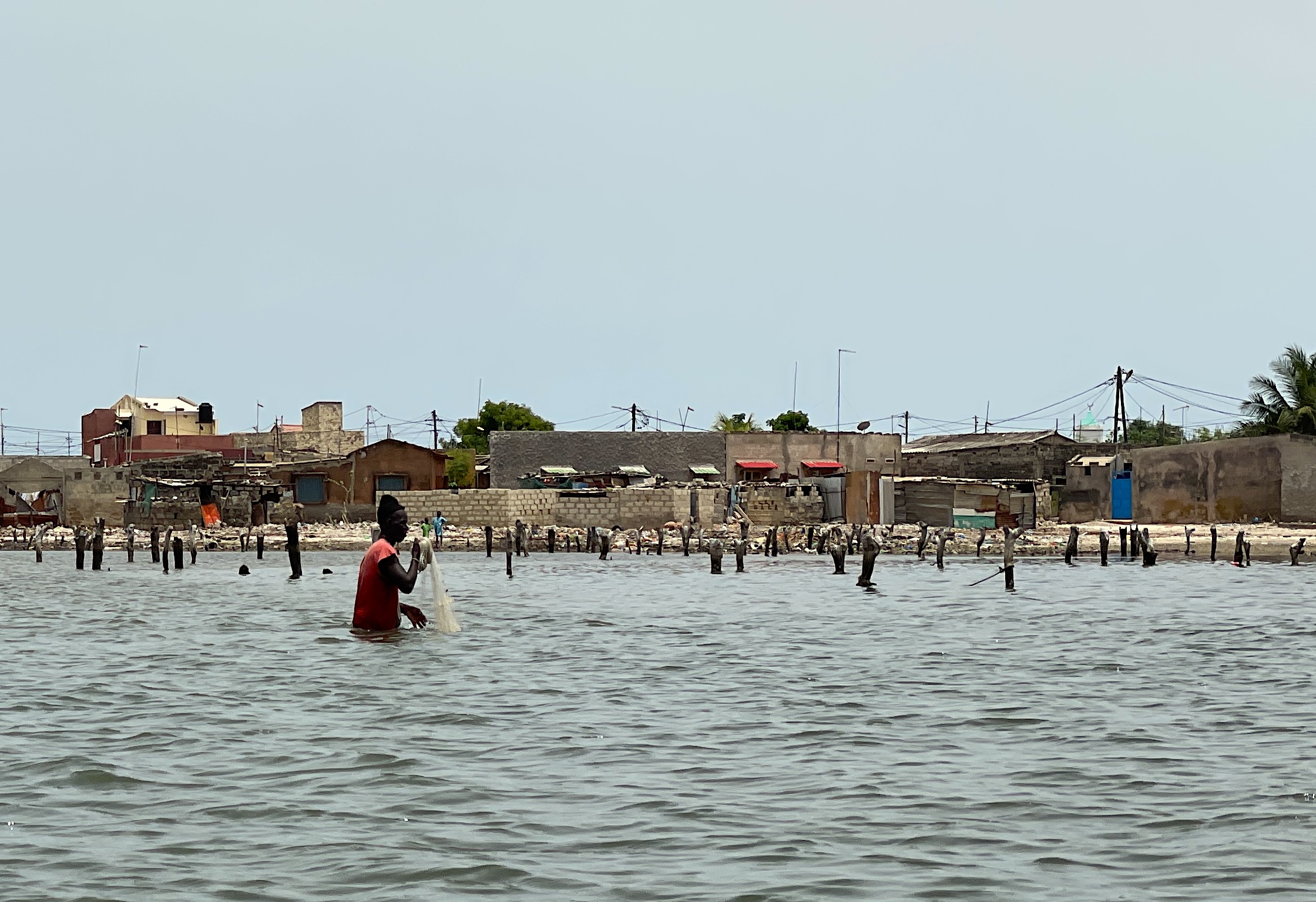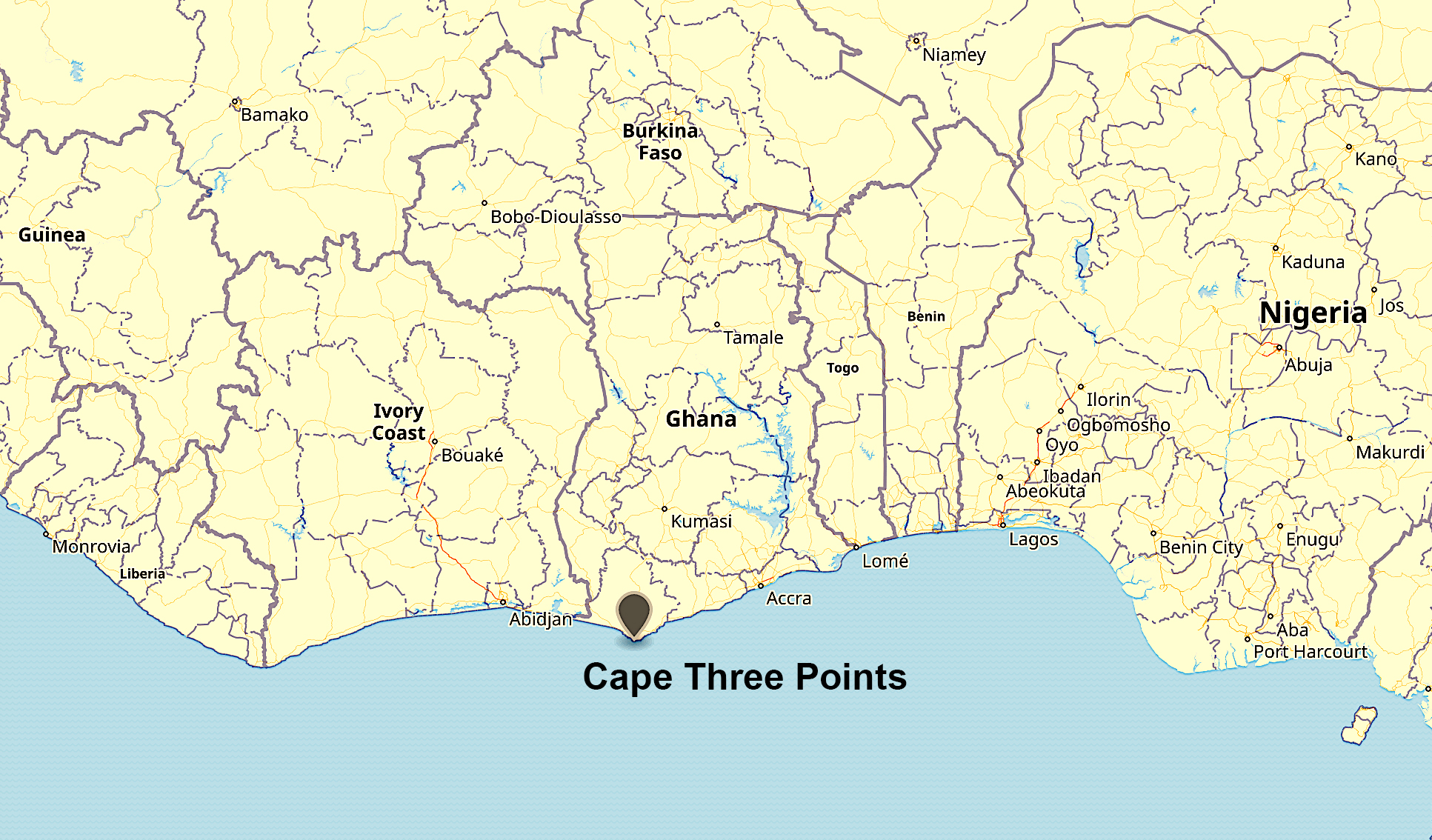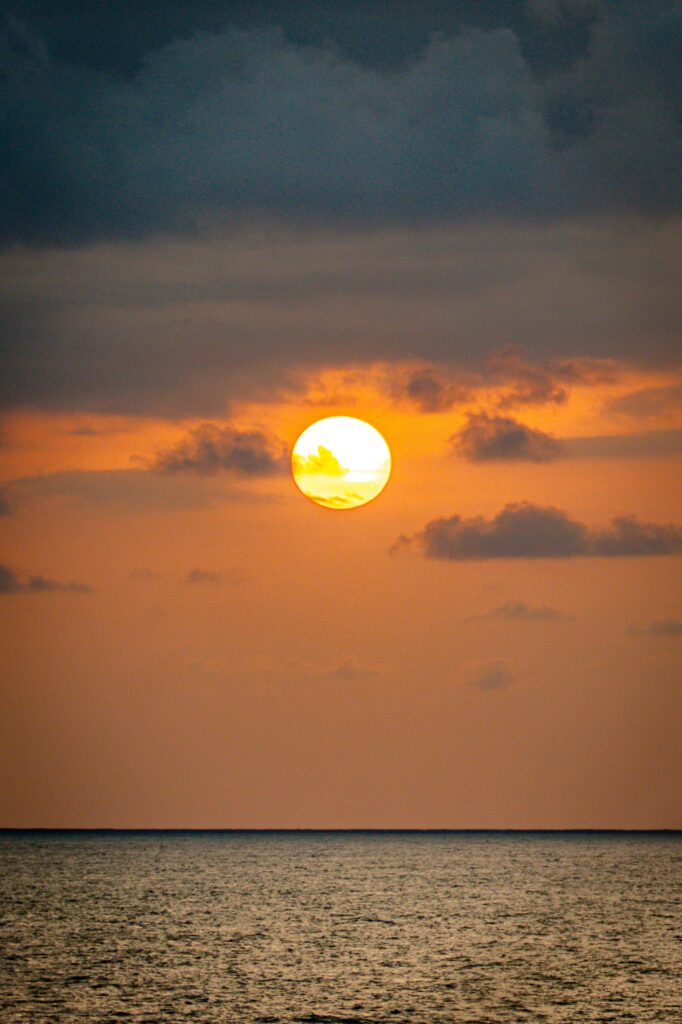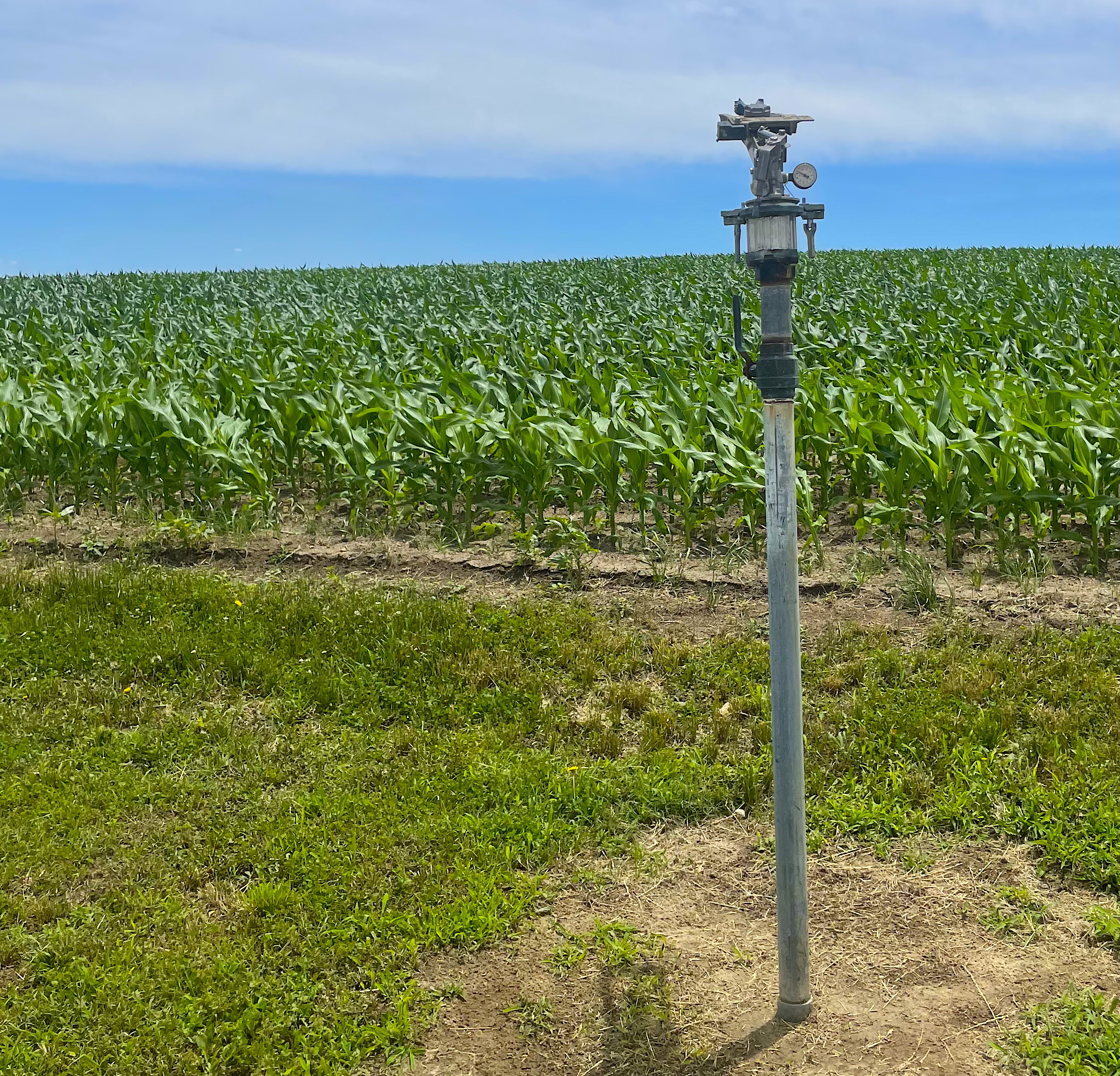Across the Atlantic
Marine Protected Areas: Ghana’s Dance with Conservation Efforts

Funding cuts and policy delays threaten to derail Ghana’s first marine protected area, putting livelihoods and biodiversity at risk.
At dawn, the shoreline of Cape Three Points comes alive. Canoes bob gently in the surf as fishermen chant in unison, pulling in heavy nets glinting with the morning’s catch. For generations, the sea has been both provider and storyteller for Ghana’s coastal communities. Their lives, traditions, and very identity are woven into the ocean’s fabric.
Yet, the echoes of overfishing and the shadow of environmental change now threaten to silence this ancient song.
This corner of Ghana’s coast, the country’s southernmost tip, is at the heart of a bold but troubled vision to create her first Marine Protected Area (MPA). With a growing recognition of the vital role these MPAs play in preserving ocean health, the nation is working to overcome challenges and capitalize on opportunities to enhance its marine conservation.
Marine Protected Areas

MPAs are designated zones in ocean and coastal regions that receive protection to conserve marine life and habitats, while limiting human activities in the zones. They are also referred to as marine parks, conservation zones, reserves, sanctuaries, and no-take zones. Globally, more than 5,000 MPAs have been established, covering just over 8% of the world’s oceans as of 2023, according to National Geographic.
These areas provide various benefits, including safeguarding critical ecosystems like coral reefs and mangroves, replenishing fish populations, and offering coastal protection from erosion and storms.
The International Union for Conservation of Nature (IUCN) classifies protected areas, including MPAs, into seven categories based on their primary management objectives. These categories help governments, non-governmental organizations, and communities around the world define the level of protection and types of activities allowed in each zone. They range from areas of strict conservation to those that support the sustainable use of the resources within them.
Receiving the highest level of protection, strict nature reserves prohibit all extractive activities and are usually reserved for scientific research. Wilderness zones remain largely untouched by human activity. In contrast, national parks focus on ecosystem protection while allowing limited recreation. Some marine parks in Tanzania, for instance, use zoning to permit small-scale fishing in less sensitive areas.

In addition to ecological conservation, some MPAs preserve pieces of human history. One notable example is the USS Monitor, a Civil War ship that sank off the coast of North Carolina in the 1860s. To protect the ship, the USS Monitor National Marine Sanctuary became the U.S.’s first national marine sanctuary in 1975, setting a precedent for combining heritage preservation with marine protection.
Some habitat or species management areas also specifically safeguard certain animals or habitats, such as fish spawning grounds or endangered ecosystems. These areas serve both biodiversity and fisheries goals. Other protected seascapes allow for more integrated human-nature interactions, often involving traditional coastal communities. In some cases, MPAs permit the sustainable use of resources, attempting to balance conservation with the economic needs of local populations.
With a flexible framework of governance, MPAs can target both ecological priorities and human needs, while empowering local stewardship.
Crashed Hopes
In April 2024, Ghana’s Ministry of Fisheries and Aquaculture Development (MoFAD) formally announced its intention to establish the country’s first MPA, with a target date of 2026.
But Anthony Adeea Mba, Ghanaian Project Officer at International Union for Conservation of Nature, says the set target is “not realistic at all.” The IUCN plays a critical role in global biodiversity conservation by providing scientific assessments, data, and technical advice to guide conservation efforts.

The management plan under the Ghana Fisheries Recovery Activity (GFRA) designates 700 square kilometers of ocean in the Greater Cape Three Points Area in the country’s Western region to allow overfished stocks, especially small fish like sardines and anchovies, to recover and sustain future generations.
The initiative — led by the Ministry with technical support from USAID, the Ghanaian nonprofit Hen Mpoano, and IUCN — promised ecological renewal and economic survival. However, USAID’s dissolution has raised concerns and given way to uncertainty.
“USAID has been a major donor for MPA works in Ghana,” Mba says. “With its dissolution, the MPA work has been stalled since some organizations depended solely on USAID funding. Community consultations, legal groundwork, and ecological surveys have all been suspended.”
Mba believes the way forward is through alternative funding but admits that “it has been a difficult task”.
Greater Cape Three Points Area
The GCPT ecosystem is considered one of the most biodiverse marine areas in West Africa. Coral reefs, seagrass beds, and mangrove forests nurture juvenile fish and protect the coast from erosion.

The area spans 60 kilometers of coastline in the Ahanta West and Nzema East municipalities in the Western region of Ghana. It encompasses diverse coastal ecosystems, including mangrove swamps, sandy beaches, coastal estuaries, and lagoons — from Domunli in the west to Ampatano in the east, extending about 11 kilometers out to sea.
This region is a vital hub for artisanal fishing, supporting 1,682 canoes and 9,281 fishers in the Ahanta West and Nzema East municipalities. Most of these fishers work only within the Greater Cape Three Points Area (GCTPA), according to a Ghana Fisheries Recovery Activity report on MPA site selection.
But overfishing, illegal trawling, and climate change threaten to unravel this delicate web. Mba says the locals are becoming the ocean’s guardians because their livelihoods depend on it.
“If you look at the Greater Cape Three Points Area, the interest was 60 percent from the communities,” he explains. “This is because they realized that the fish spawn at Cape Three Point, and for them to get enough catch, they need to protect that enclave.”
When determining the location of an MPA, various factors and characteristics come into play, Mba says. “What makes a good MPA is the location, the resources available in that particular location, and its value to the country and the rest of the world.”
The GCTPA meets the ecological criteria, he says. It also connects other habitats and can be effectively managed; hence, it is the first MPA with a target date.
“Wherever the International Union for Conservation of Nature operates, we align with the country’s priorities,” Mba says.
But amid the setbacks, something powerful stirs: a groundswell of community-led commitment. Fisherfolk are now emerging as stewards of the sea, driven not by regulation but by survival and legacy.
A Tidal Crossroads
Yet for all its promise, Ghana’s first marine protected area remains more vision than reality. With financial uncertainties, bureaucratic delays, shifting donor priorities, and climate pressures, the path forward appears anything but smooth.
But amid the setbacks, something powerful stirs: a groundswell of community-led commitment. Fisherfolk are now emerging as stewards of the sea, driven not by regulation but by survival and legacy.
Ghana’s dance with marine protection is far from over. Whether it finds its rhythm may depend not just on foreign aid or government plans but also on the enduring spirit of the coastal communities that have always lived by the tide.
Emma Davies is an award-winning journalist and a contributing editor for Coastwatch. She is pursuing a masters of arts in liberal studies at North Carolina State University, with a concentration in communication and genetic engineering.


